Some time ago I posted a question about weird oscillograms of half-bridge, gate spikes on mosfet openings. After some investigation, it was revealed that the problem is not in transformer leakage inductance. When the upper or lower MOSFET is turning off, a voltage spike appears on the gate of the opposite MOSFET and vice versa. This behavior remains also when replacing transformer with resistor. Surprisingly, that IR2110 LTspice simulation, also draws some gate spikes while opposite mosfet is opening.
Of course, gate spikes amplitude is proportional to the half-bridge rail voltage. Spikes leads to shoot-through.
I guess the problem has something to do with Miller Cdg? The PNP transistors, gate dischargers, connected to the gate doesn't solve the problem even in simulation.
Is it possible to get rid of these spikes, without resorting to transformer-coupled gate drive circuit?
Oscillogram taken using 10:1 probes


